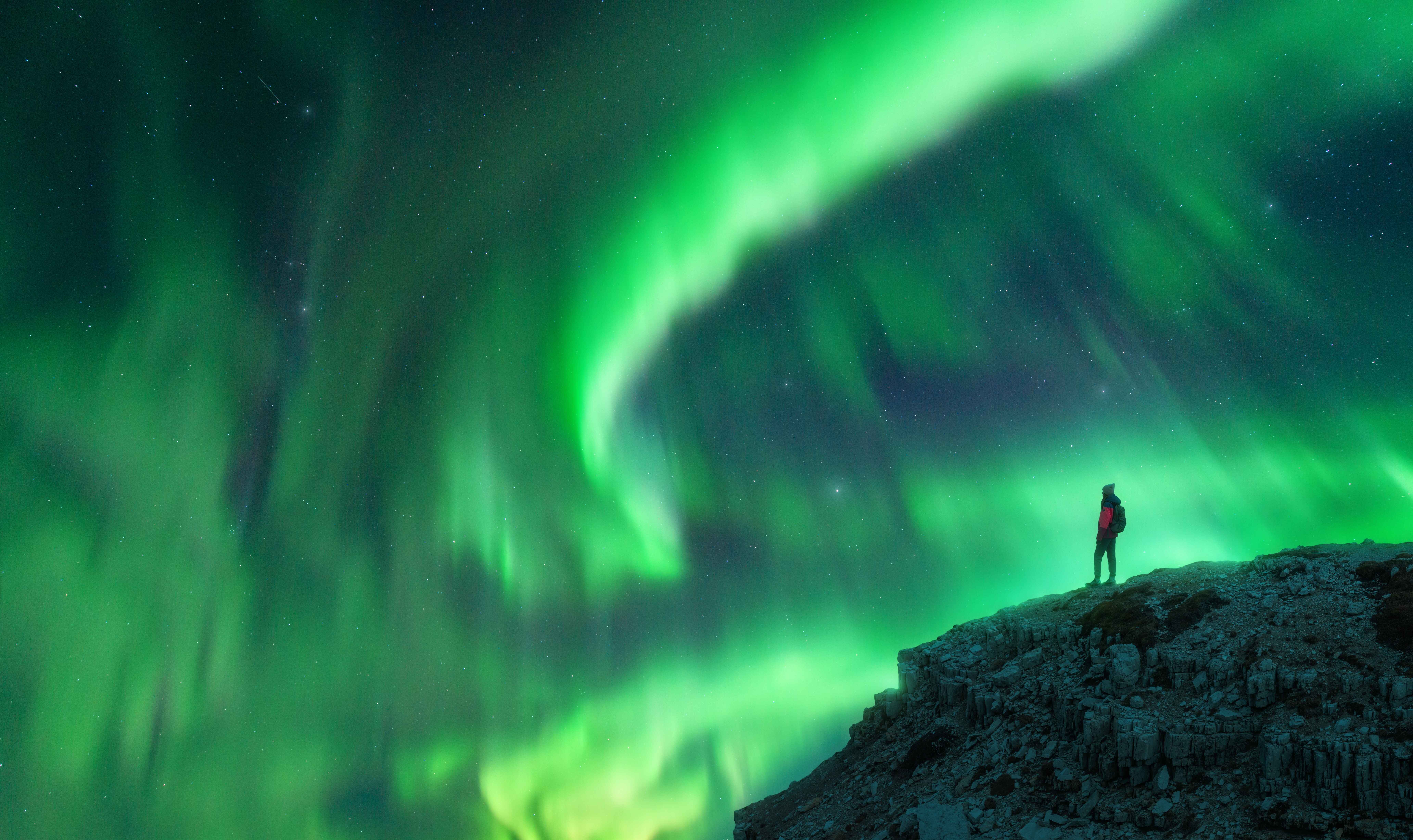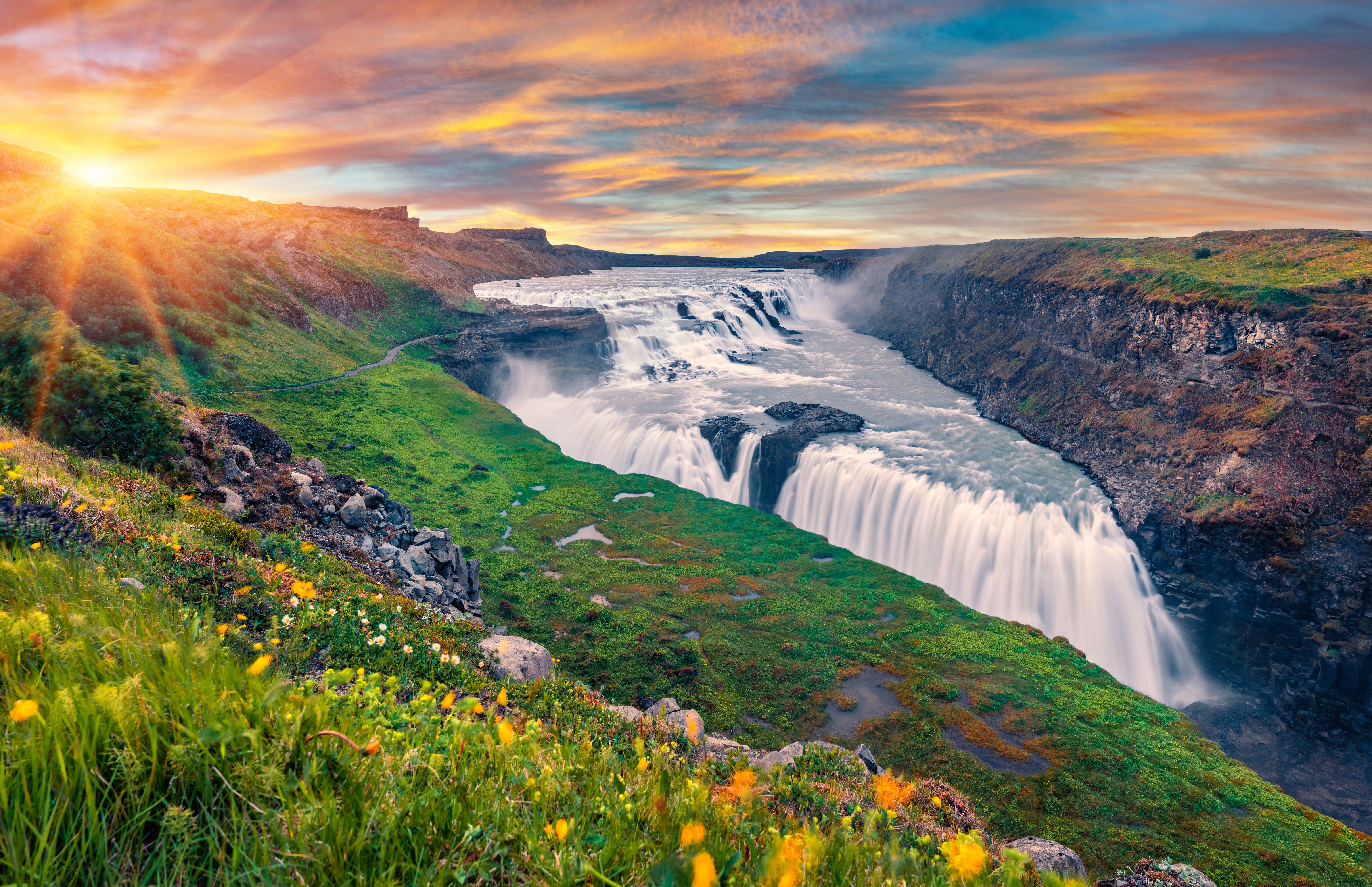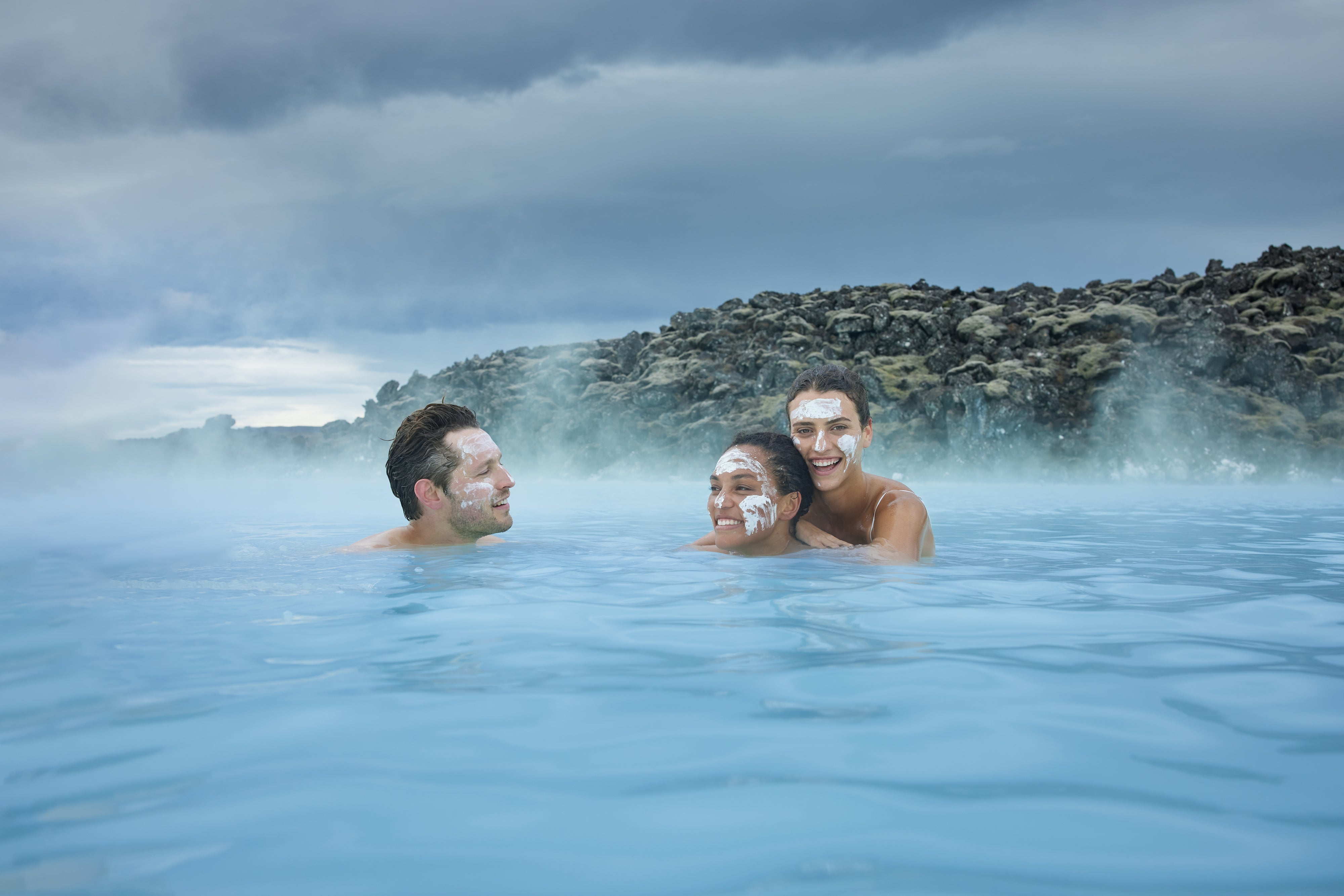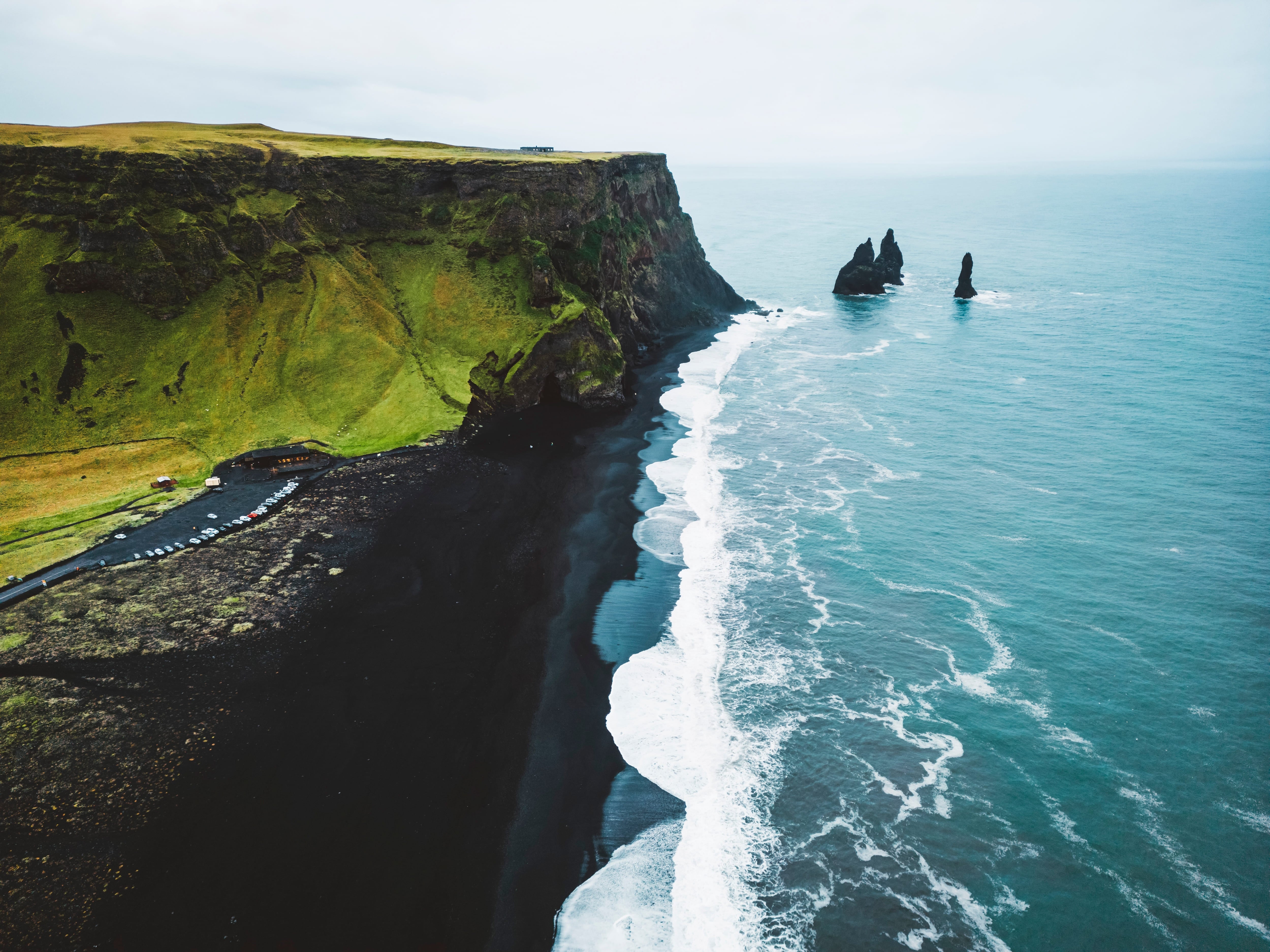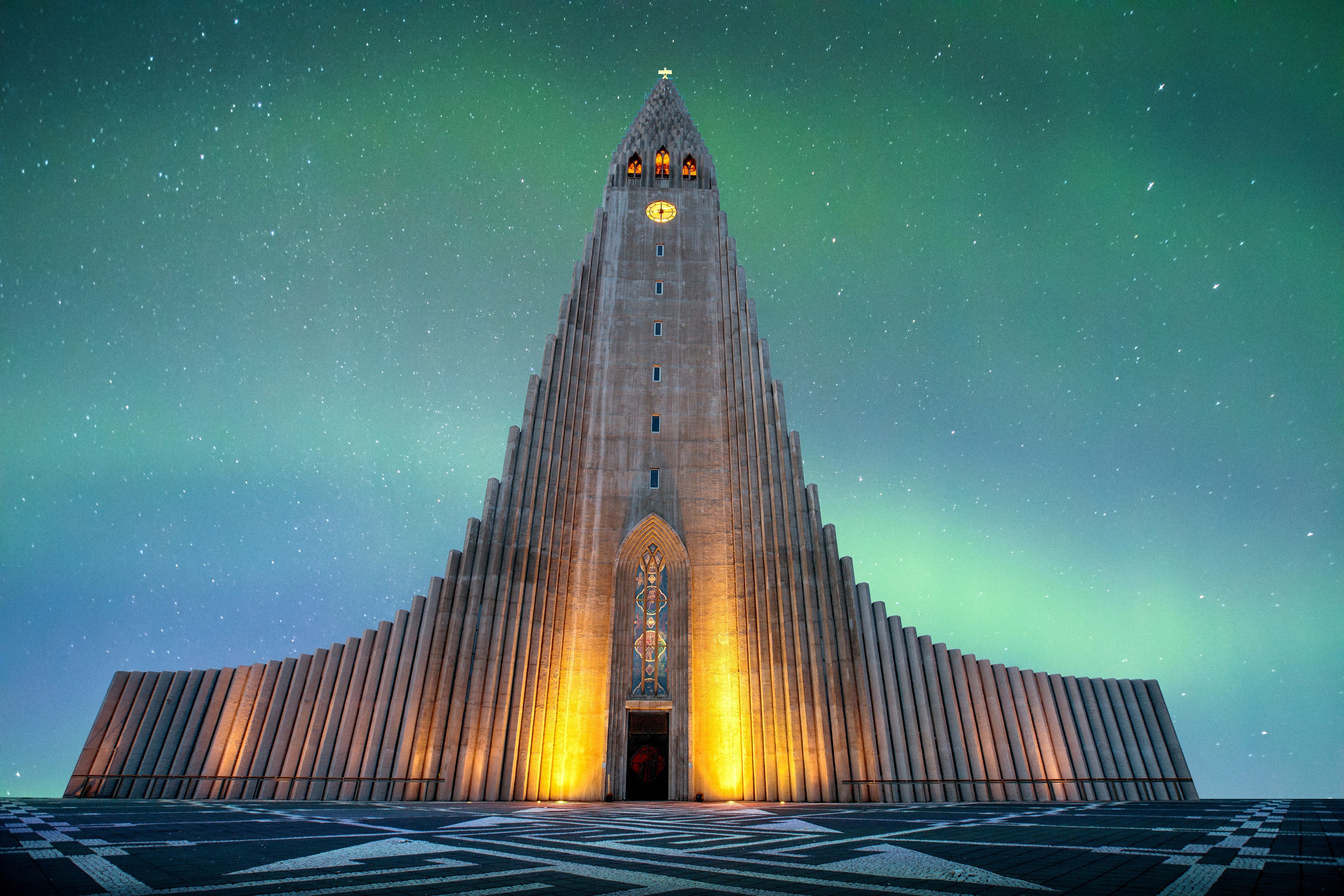
Nesjavellir is a geothermal area in southwest Iceland. It is most famous for being home to the Nesjavellir geothermal power station, the second largest of its kind in the country.
Explore this area at your own pace on a self drive tour in Iceland.
저희의 콘텐츠를 신뢰할 수 있는 이유
가이드투아이슬란드는 아이슬란드에서 가장 믿을 수 있는 여행 플랫폼으로, 매년 수백만 명의 여행객이 저희와 함께 아이슬란드를 방문합니다. 저희의 모든 콘텐츠는 아이슬란드를 누구보다 잘 아는 현지 전문가들이 작성하고 검토하므로, 정확하고 신뢰할 수 있는 최신 여행 정보만 제공합니다.
Photo from Wikimedia, Creative Commons, by Gretar Ívarsson. No edits made.
Due to its location, Nesjavellir is a hotbed of geothermal and geological activity. It is just north of the town of Hveragerði, which is notorious for its ground randomly collapsing into hot springs, and the naturally heated river in the valley of Reykjadalur.
The volcanic phenomena of the area are due to the fact that it is located on the Mid Atlantic Rift, which separates the North American and Eurasian tectonic plates. The best-known place to see this rift valley is Þingvellir National Park, which just to the north of the geothermal power station across the lake Þingvallavatn, the second largest lake in the country.
The primary attraction for visitors within Nesjavallir is the Hengill Geothermal Area, located on a volcano of the same name. This is a beautiful site with many hiking trails, dramatic views and seething geothermal areas.
The Nesjavellir Geothermal Power Station
The Nesjavellir Geothermal Power Station is located a short drive from the Hengill Geothermal Area. The power station produces around 120 MW of electrical power and around 1,110 litres of hot water (80-85°C) per second. The power station serves the Greater Reykjavik Area.
Though Iceland gets over twenty percent of its energy from power stations such as that at Nesjavellir, the rest is hydroelectric, from the many dams across the country. As the development of geothermal energy continues, it will soon take up a larger proportion of the county’s power, being more environmentally friendly.
As geothermal energy also used to supply homes with hot water sustainably, you will find that warm shower smells similarly sulfuric to Iceland’s geothermal area.



